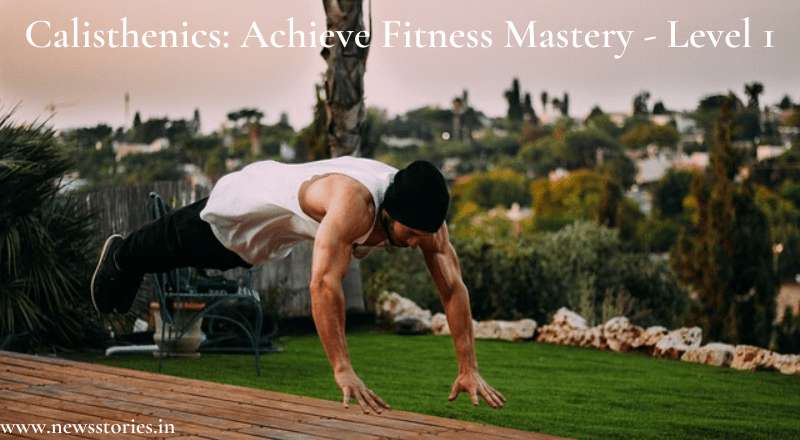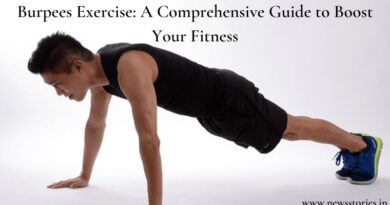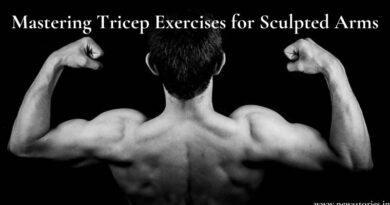Calisthenics: Achieve Fitness Mastery – Level 1
Introduction
Welcome to the ultimate guide to calisthenics, the art of using your body as a powerful training tool. Calisthenics has gained immense popularity in recent years due to its effectiveness, versatility, and accessibility.
Whether you are a fitness enthusiast looking to enhance your strength and mobility or a beginner seeking. A fun and challenging workout routine, calisthenics offers a wide range of workouts that can be modified based on your level of fitness.
In this comprehensive guide, we will delve deep into the world of calisthenics. Exploring its origins, benefits, key exercises, training principles, and much more. So grab your workout gear, get ready to sweat, and let’s embark on this exciting journey together.
Table of Contents
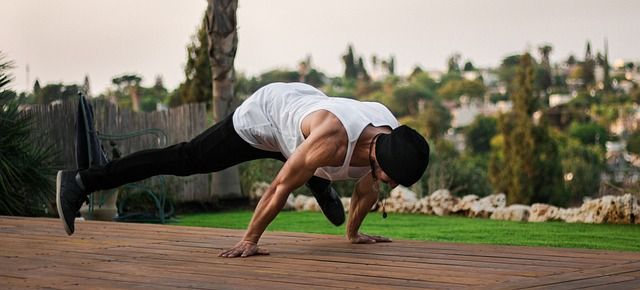
What is Calisthenics?
The Origins of Calisthenics
The Benefits of Calisthenics
Getting Started with Calisthenics: Essential Equipment
Warm-up and Stretching in Calisthenics
Calisthenics Exercises for Upper Body Strength
Calisthenics Exercises for Lower Body Strength
Core and Abs Training with workout
Advanced Calisthenics: Mastering Skills and Progressions
Combining workout with Cardiovascular Training
Weight Loss of Calisthenics: Shedding Pounds with Bodyweight Workouts
Flexibility and Mobility
Calisthenics for Rehabilitation and Injury Prevention
Nutrition and Diet for Calisthenics Athletes
Calisthenics vs. Weightlifting: Comparing Training Methods
Incorporating this idea into Your Fitness Routine
This for Different Fitness Levels: Beginners, Intermediates, and Advanced
The Science Behind workout: How Bodyweight Training Affects Your Body
Common Mistakes to Avoid in Calisthenics Training
Staying Motivated in workout: Tips and Tricks
Can Communities and Resources: Finding Support and Inspiration
Frequently Asked Questions (FAQs)
Can this build muscle mass?
Is this suitable for women?
Can this be done at home?
How long does it take for callisthenics to produce results?
What are the best exercises for Workout beginners?
Can this help with weight loss?
Conclusion
What is Calisthenics?
This refers to a form of exercise that utilizes one’s body weight for resistance, focusing on movements. And techniques that promote strength, flexibility, and overall fitness. It is a type of training that requires minimal equipment, making it accessible to anyone, anywhere.
From simple push-ups and squats to advanced movements like handstands and muscle-ups. It offers a wide range of exercises that can be modified to suit various fitness levels.
The Origins of Calisthenics
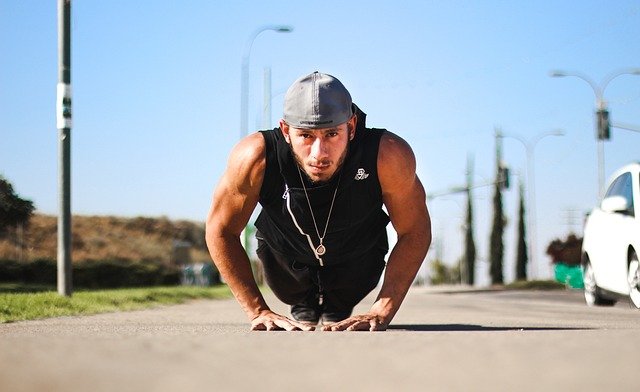
This traces its roots back to ancient Greece, where it was an integral part of the Greek military training known as gymnastic. The word “calisthenics” itself derives from the Greek words kales (meaning “beautiful”) and stenos (meaning “strength”).
It was in the early 19th century that workout gained recognition as a form of physical exercise. And was incorporated into school curriculums and military training programs.
The Benefits of Calisthenics
This offers a plethora of benefits that go beyond just physical fitness. Let’s explore some of the key advantages of incorporating Workout into your workout routine:
Strength and Muscle Development: This exercises engage multiple muscle groups simultaneously. Promoting overall strength and muscle development.
Improved Flexibility and Mobility: The dynamic movements in this Workout help enhance flexibility and mobility. Leading to better joint health and range of motion.
Functional Fitness: This movements mimic real-life activities, improving your ability to perform everyday tasks with ease.
Increased Core Strength: Many of exercises engage the core muscles, leading to a strong and stable core. Essential for overall stability and balance.
Improved Body Control and Coordination: It requires precise control of your body movements, enhancing coordination and proprioception.
Burns Calories and Promotes Weight Loss: This workouts are intense and can help burn a significant number. Of calories, aiding in weight loss.
Enhanced Mental Well-being: Regular workout training releases endorphins, promoting a positive mood. Reduced stress levels, and improved mental clarity.
Also Read : https://newsstories.in/stretching-improve-flexibility-and-enhance-your-fitness-routine/
Getting Started with Calisthenics: Essential Equipment
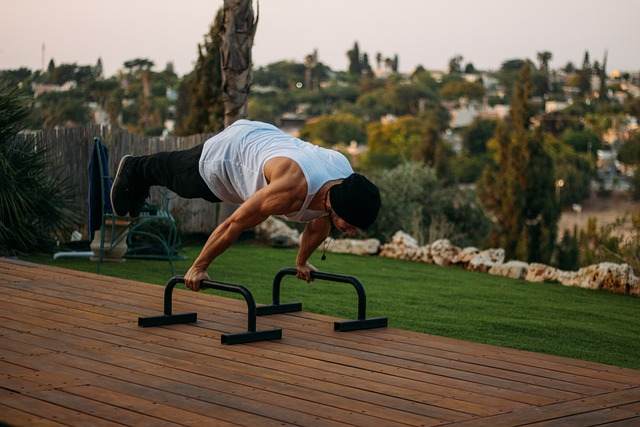
The fact that this require no equipment makes it an accessible form of exercise for everyone. Which is one of their many benefits. Here are some essential pieces of equipment to consider when starting your workour journey.
Pull-Up Bar: A sturdy pull-up bar is an excellent addition to your workout equipment. It allows you to perform exercises like pull-ups, chin-ups, and leg raises, targeting the upper body and core.
Parallel Bars: Parallel bars are beneficial for exercises such as dips, L-sits, and handstand push-ups. They provide stability and support during these challenging movements.
Resistance Bands: Resistance bands are versatile tools that can add extra resistance or assistance to this exercises. Making them suitable for all fitness levels.
Gymnastic Rings: Gymnastic rings offer a unique challenge by introducing instability into your training. They can be hung from a sturdy structure and used for various upper body exercises.
Yoga Mat: A comfortable yoga mat provides padding and support during floor exercises and stretches, ensuring a pleasant training experience.
Timer or Stopwatch: Keeping track of your rest periods and workout duration is essential for structured with training. You can keep on schedule by using a stopwatch or timer.
Remember, while these equipment options can enhance your Good workouts, they are not mandatory. Many things on exercises can be performed with just your body weight and a bit of creativity.
Warm-up and Stretching in Calisthenics
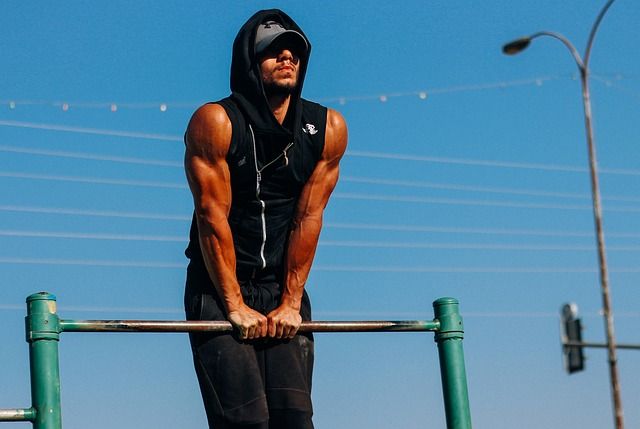
Before diving into intense Form exercises, it is crucial to warm up your body. And prepare it for the physical demands ahead. A proper warm-up routine helps increase blood flow. Elevate body temperature, loosen up muscles and joints, and reduce the risk of injury.
A well-rounded warm-up for Workout may include the following:
Dynamic Stretching: Perform dynamic stretches that mimic the movements you’ll be doing during your workout. This can involve torso twists, leg swings, and arm circles.
Joint Rotations: Move your joints through their full range of motion to lubricate the joints and improve mobility. Perform rotations for the neck, shoulders, wrists, hips, knees, and ankles.
Cardiovascular Activity: Engage in light cardiovascular exercises like jogging, jumping jacks, or skipping rope. To increase heart rate and warm up the body.
Activation Exercises: Perform specific activation exercises that target the muscles you’ll be using during your regular workout. For example, scapular push-ups activate the muscles around the shoulder blades.
It’s important to note that stretching is a beneficial practice but should be done. After the workout or during dedicated flexibility training sessions. Static stretching before a workout may decrease muscle power and performance. Save static stretching for the cool-down phase.
Remember, warming up is a crucial part of your Workout routine and should not be skipped. Take 5-10 minutes to prepare your body adequately and optimize your workout performance.
Calisthenics Exercises for Upper Body Strength

Building upper body strength is a common goal for many Working enthusiasts. Here are some effective exercises that target the muscles of the upper body.
Push-Ups: The classic push-up is a compound exercise that targets the chest, shoulders, triceps, and core. Start with standard push-ups and progress to more challenging variations like diamond push-ups and one-arm push-ups.
Pull-Ups: Pull-ups are an excellent exercise for developing upper body pulling strength. They concentrate on the forearms, biceps, and back. If you’re a beginner, start with assisted pull-ups or inverted rows and gradually progress to full pull-ups.
Dips: A compound exercise, dips work the shoulders, triceps, and chest. You can perform them on parallel bars or using sturdy chairs or a dip station.
Handstand Push-Ups: Handstand push-ups are an advanced exercise that targets the shoulders, triceps, and upper back. Begin with wall-supported handstand push-ups and gradually progress to freestanding handstand push-ups.
Pike Push-Ups: Pike push-ups are a great alternative for those who are working towards handstand push-ups. They target the shoulders and upper chest. Perform them with your hips elevated, creating an inverted V shape with your body.
Inverted Rows: Inverted rows are an excellent exercise for targeting the back muscles, particularly the lasts. You can perform them using a bar, rings, or a suspension trainer.
Archer Push-Ups: Archer push-ups are a challenging variation of the push-up that targets the chest, shoulders, and triceps. They involve a horizontal movement of the body, simulating the motion of drawing a bowstring.
Incorporate these exercises into your upper body training routine, gradually increasing the difficulty as you get stronger. Aim for proper form and controlled movements to maximize the effectiveness of each exercise.
Continue Next Post For Further Information.
<< Previous Post
https://newsstories.in/personal-trainer-transforming-lives-through-fitness/
>> Next Post
https://newsstories.in/calisthenics-achieve-fitness-mastery-level-2/

